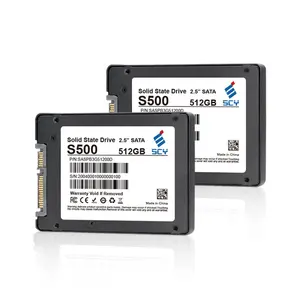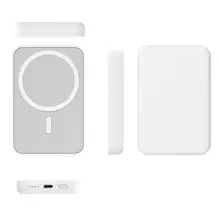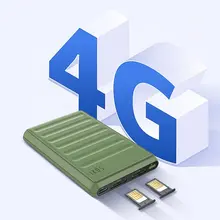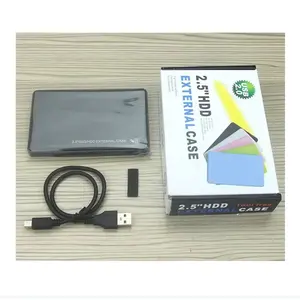SATA to USB is a technological bridge. It makes it easier for computers with USB ports to connect to storage devices that have Serial ATA (SATA) interfaces. This comes in handy for moving data across different drives. With SATA to USB cable, users can transfer data between internal hard drives, solid-state drives (SSDs), or optical drives. Moreover, the IDE SATA to USB connection makes this transmission seamless.
Functions of SATA to USB cable
Within a computer system, storage devices are connected using the SATA interface as a standard. It is extensively utilized because of its effectiveness in data transfer and capacity for managing high-speed communication between the motherboard and storage devices. On the other hand, a Universal Serial Bus (USB) is a widely used interface. USB makes it possible to connect a variety of peripherals to computers. When users wish to use internal drives as external storage, the need for a SATA USB adapter arises. Usually, a small, compact device with a USB connector on one end and a SATA connector on the other makes up the SATA IDE to USB adapter.
Advantages of SATA to USB
The most apparent benefit of a SATA to USB C is efficient data connectivity and storage. This adaptability is especially useful for older computers that don't have native SATA ports. The ease of use in connecting SATA to USB is another noteworthy benefit. Users don't need to be highly skilled in technology to convert an internal SATA drive into an external USB device. For a broader range of users, the plug-and-play feature improves the usability and accessibility of SATA drives. This is true for all users wanting to connect any external disk. The user can go for a SATA hard drive to a USB adapter if it's a hard drive. Likewise, the user can go for a SATA SSD to USB with an SSD.
Another advantage is that SATA to USB adapters are widely compatible. Almost all computers have USB as a standard interface. Transforming a SATA drive into a USB format ensures system interoperability. It allows for easy data sharing and transfer between multiple devices. SATA to USB converters also adds to the portability of data storage options. Without internal installations, users can easily transport their external SATA drives, connect them via USB, and access their data on various computers. Another benefit of SATA to USB is hot-swapping. This means the users can connect or disconnect drives without shutting down their computers.














































 浙公网安备 33010002000092号
浙公网安备 33010002000092号 浙B2-20120091-4
浙B2-20120091-4